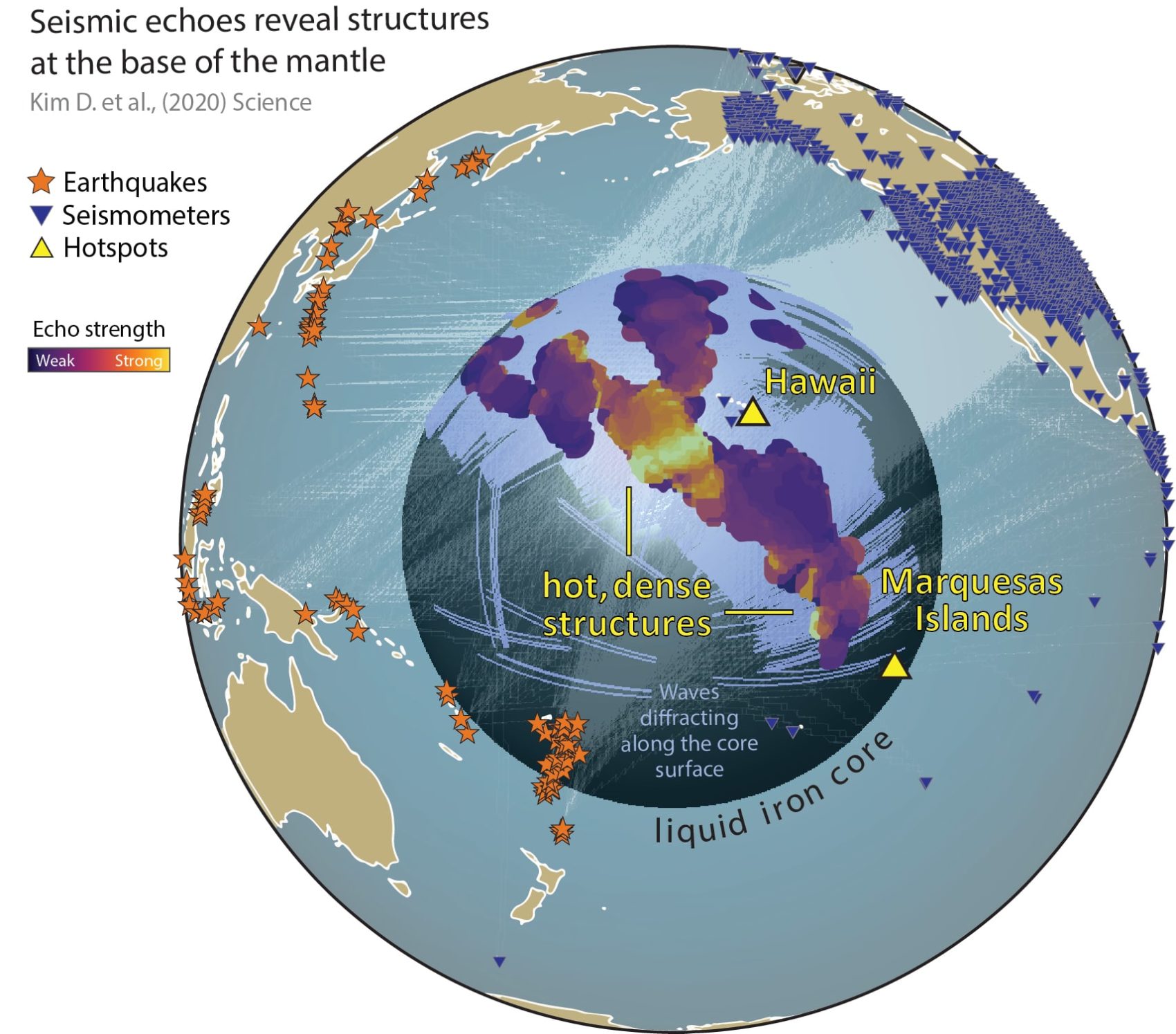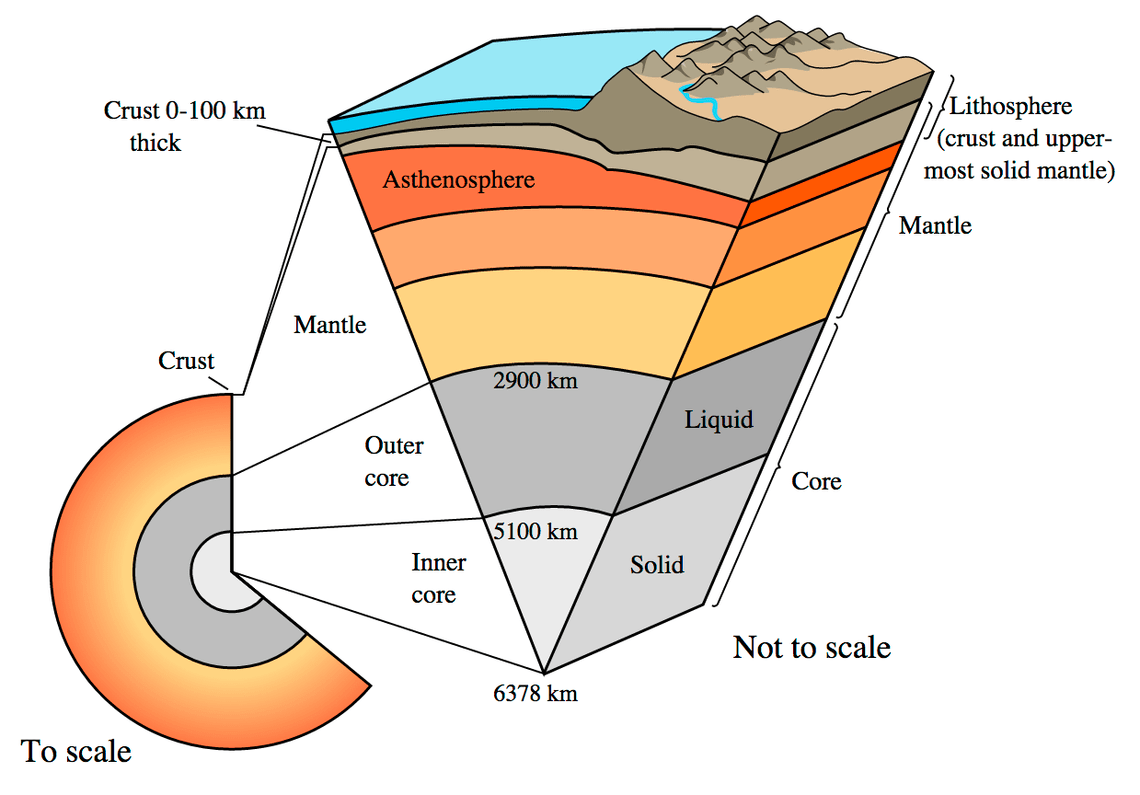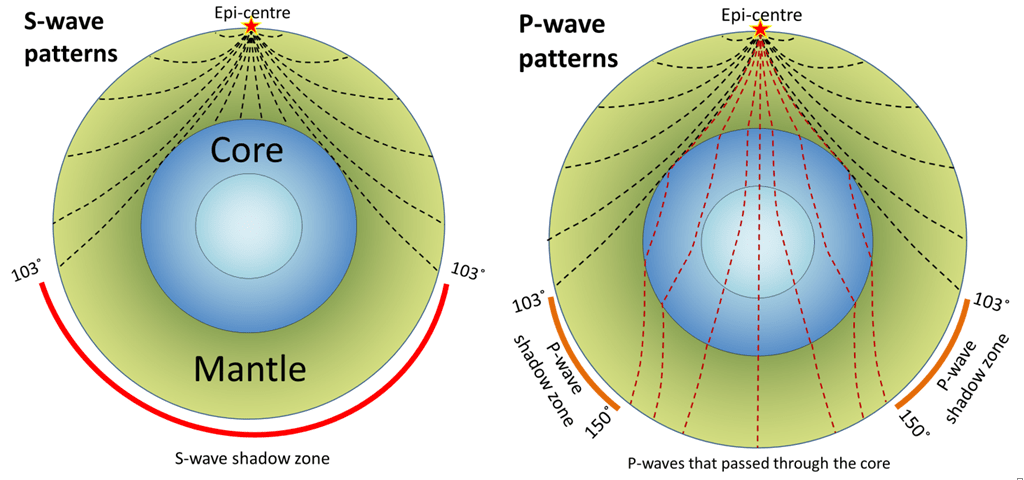
Using machine learning techniques, scientists have found a massive unknown structure in Earth. The structure is made out of an unknown dense material and was discovered at the boundary between Earth’s liquid outer core and mantel. Scientists used thirty years of earthquake data to discover the anomaly.
The structure is an Ultra Low Velocity Zone, or ULVZ. It is an area where seismic waves caused by earthquakes are slowed down by as much as 30 percent. Seismic waves are slowed down as they pass through more dense material. This means that ULVZs are areas that are significantly more dense than their surroundings.

Scientists had previously discovered what appeared to be a small ULVZ under Hawaii. On June 12, a new paper was published in Science reporting the discovery of an additional ULVZ under the Marquesas Islands. The paper also showed that the ULVZ under Hawaii is much larger than previously thought, and is now considered a mega-ULVZ.
The scientists used an algorithm called the Sequencer to make their discovery. They fed thirty years of earthquake data from the Pacific Ocean into the algorithm. The data included 7,000 individual earthquakes of a magnitude 6.5 or greater. The Sequencer is an unsupervised learning algorithm, which means that scientists don’t tell the Sequencer to look for specific patterns.
Instead, the Sequencer looks for patterns in an unlabeled data set. Kim, the lead author of the paper, says, “When you use a sequencer, what it actually does is find additional information hidden behind this dataset.” Because there are so many unknowns about Earth’s interior, scientists don’t know what to look for in the data. The Sequencer algorithm is able to optimally arrange the data to reveal new discoveries, including the recently found mega-ULVZs.

Because ULVZs occur deep below Earth’s crust, at an average depth of about 1,860 miles beneath our feet, it is impossible to know exactly what they’re made of. Scientists have proposed a number of theories. ULVZs could be mantle plume conduits or areas where magma from Earth’s core travels to the crust. They could also be caused by iron leaking from Earth’s core, or they could be the remains of a sunken continental tectonic plate.
Some scientists theorize that ULVZs are remnants of Earth before the moon formation event when a celestial body roughly the size of Mars collided with Earth and ejected the material that later formed the moon. If that is the case, ULVZs could contain geochemical signatures from ancient earth.